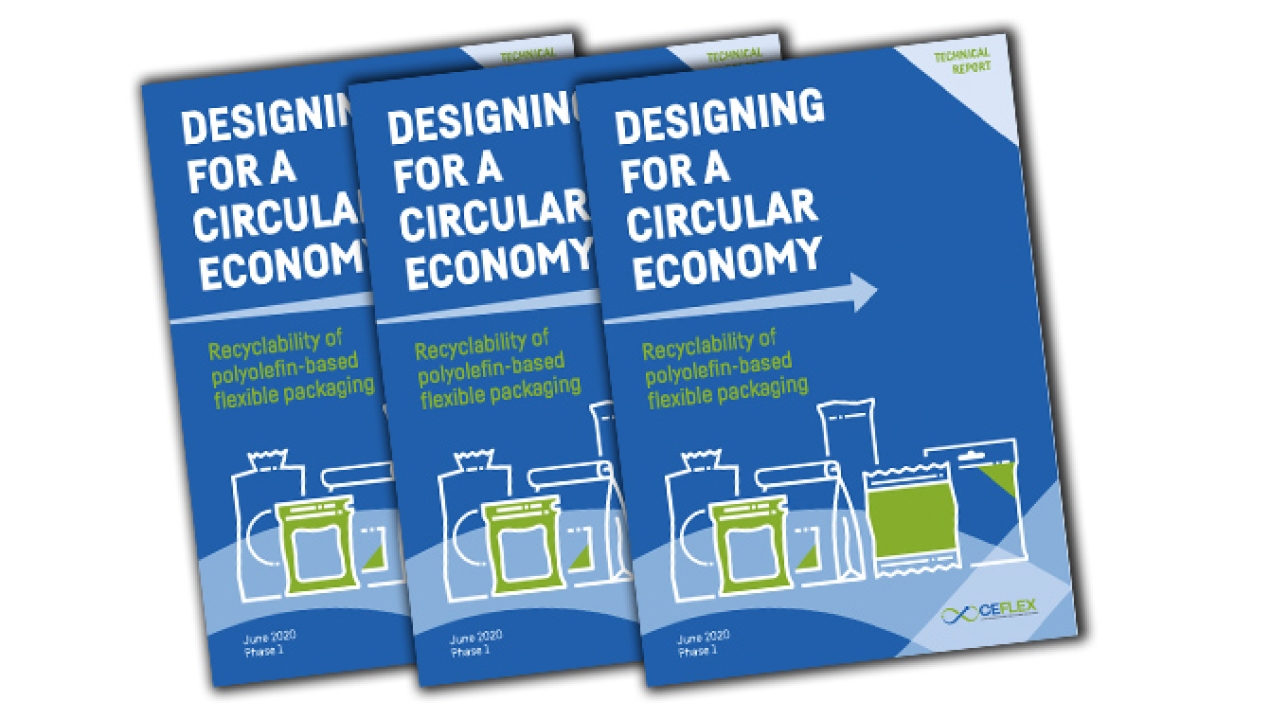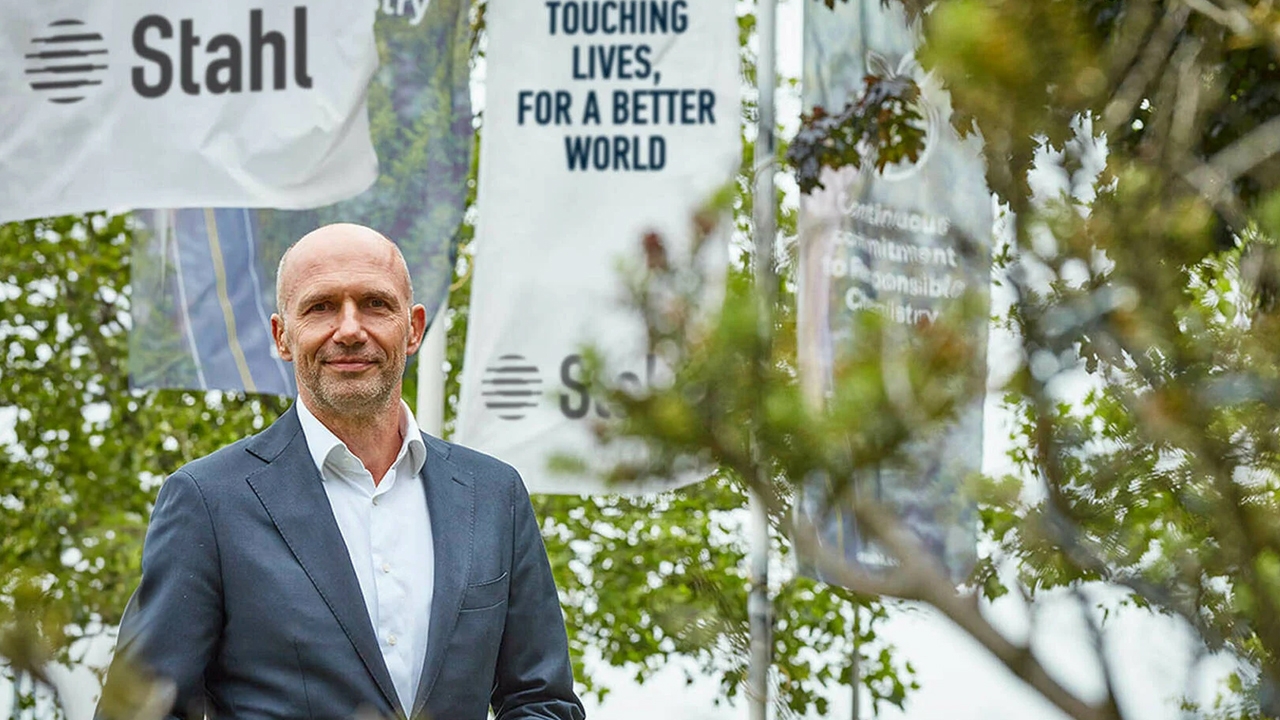CEFLEX issues circular economy guidelines
Circular Economy for Flexible Packaging (CEFLEX) initiative, a partnership of over 160 European companies, associations, and organizations, has issued the Designing for a Circular Economy (D4ACE) guidelines developed collaboratively with the entire flexible packaging value chain.

The new D4ACE guidelines aim to produce higher quality recycled materials to be kept in the economy and used in a wider number of sustainable end markets. In turn, this will help support the investment in sorting and recycling infrastructure to make all flexible packaging circular.
Focused on polyolefin-based structures, as these represent over 80 percent of consumer flexible packaging on the European market, the guidelines provide advice on the key elements of packaging including the materials used, barrier layers and coatings, size, shape, inks and adhesives. They build on the work of Project Barrier, a pioneer project of the New Plastics Economy Initiative, and current best practices, to align and accelerate progress already made.
‘Achieving a circular economy is a significant challenge,’ said Graham Houlder, project coordinator for CEFLEX. ‘It will only be accomplished through wide collaboration, innovation and investment. The D4ACE show the required level of collaboration is possible, bringing hundreds of stakeholders and wider industry consultation together to define a collective set of circular economy design principles for all consumers flexible packaging. Only by working together like this, can we all move forward and meet the flexible packaging value chain’s own ambitious sustainability goals and prevent waste and pollution.’
‘Based on best in class sorting and recycling processes in Europe, the D4ACE guidelines have been created to help anyone working in the flexible packaging value chain. The document will guide brands and retailers who play a key role in specifying consumer packaging to make informed design choices so that all flexible packaging is suitable for sorting and recycling, but retains the functionality needed for its primary purpose, protecting the product,’ added Houlder.
In most cases, this will mean favoring mono-material over multi-material flexible packaging formats as these are the most efficient to sort and recycle. This preference for mono-material flexible packaging options brings with it a range of challenges to deliver similar functionality and the possibility to use existing packing machinery.
‘All parts of the value chain have a role to play today. Businesses can start by reviewing their current packaging portfolios against the guidelines and identifying opportunities to make design changes. Once a portfolio has been evaluated against the guidelines, businesses can engage with their suppliers, internal and external customers and get the whole value chain working towards the same goals. The result will be a greater percentage of flexible packaging in the waste stream that when collected, can be readily sorted and recycled and returned to the economy to replace virgin plastic,’ concluded Houlder.
To obtain a copy of the Designing for a Circular Economy Guidelines (D4ACE), please navigate to the CEFLEX website.
Stay up to date
Subscribe to the free Label News newsletter and receive the latest content every week. We'll never share your email address.

